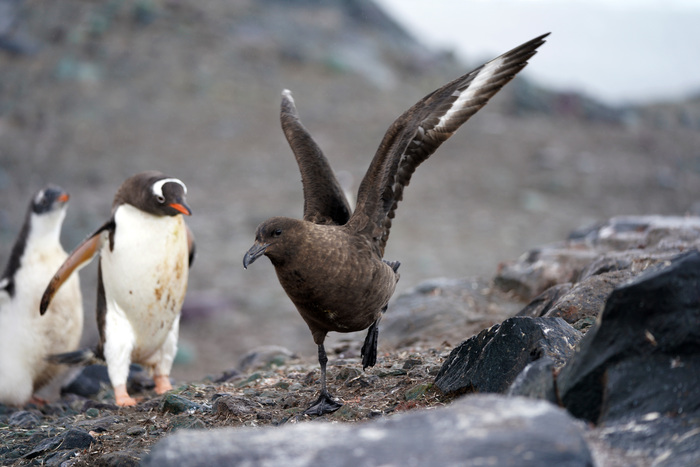Avian influenza was first detected in Antarctica in February this year. The first expedition was carried out in March with the aim of evaluating the impact and spread of the virus.
It found many victims especially among skuas, rather aggressive birds similar to seagulls. Concern for Antarctic populations is indeed increasing: several species are already classified as threatened or critically endangered, and the high mortality could go unnoticed due to limited accessibility and the difficulty of regular monitoring.. The expedition concentrated in the north-western area of Antarctica, where reports of disease and increased mortality among animals had already arrived. A compact diagnostic laboratory was set up on the ship especially for the occasion, which allowed researchers to quickly and directly test samples without having to send them to other laboratories. The most affected animals are the sku as they live in close contact with different species of penguins. But unusually high mortality has also been found in some colonies of Adélie penguins, the most widespread on the coasts of the Antarctic continent.

